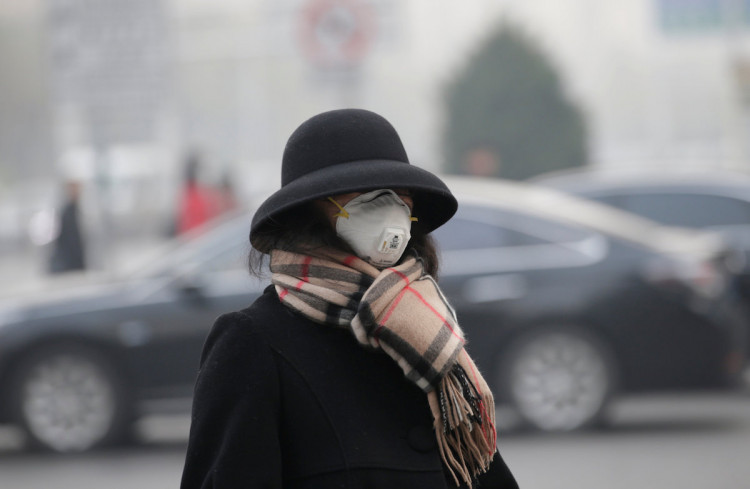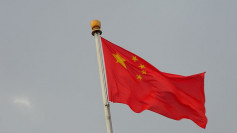China's Ministry of Ecology and Environment reported on Monday that the air quality in 338 cities in the country improved as well as the surface water quality of its rivers and lakes as reported last year.
The ministry's report claimed that 338 cities in the country enjoyed good air quality at around 79.3 percent of the total number of days last year. It is 1.3 percent higher than the recent year as it meets the air quality target for 2018.
The quality of air in the Beijing-Tianjin-Hebei region increased by 1.2 percentage points year on year. The region enjoyed good air quality at 50.5 percent of the number of days. The region's PM2.5 density dropped by 11.8 percent when compared to last year's at 60 micrograms per cubic meter. The region along the Yangtze River Delta enjoyed 74.1 percent of the share of days as it increases by 2.5 percentage points while the PM2.5¬ density decreased by 10.2 to 44 micrograms per cubic meter.
Cities in northern China that includes Harbin and Changchun were among those that saw major improvements in its air quality in 2018. Last year, China released a three-year action plan in the aim of controlling air pollution. Its main goal is to cut emissions of sulfur dioxide and nitrogen oxide by more than 15 percent at the end of 2020. Based on China's plan, cities in China need to enjoy clean air for 80 percent of the total number of days in a year. They also need to decrease the number of days that are heavily polluted by more than 25 percent.
China's surface water also improved based on the tests conducted by the ministry in 2018. The samples were gathered from rivers and lakes and it was proven that they are suitable for human use.
The result of the test showed that out of 1,940 samples from across China, about 71 percent were considered under the grade III level or better. It means that the waters were fit for drinking and fishing. The ministry said that the samples quality improved by 3.1 percentage points in 2017.
Waters below the "grade V" level fell by 1.6 percentage points at 6.7 percent in 2018. This level refers to the type of water that can be used in agriculture or industries. The result also indicated that the main pollutants in the gathered samples were phosphorus and ammonium nitrate that are commonly seen in industrial wastewater, pesticides, and organic fertilizers.






